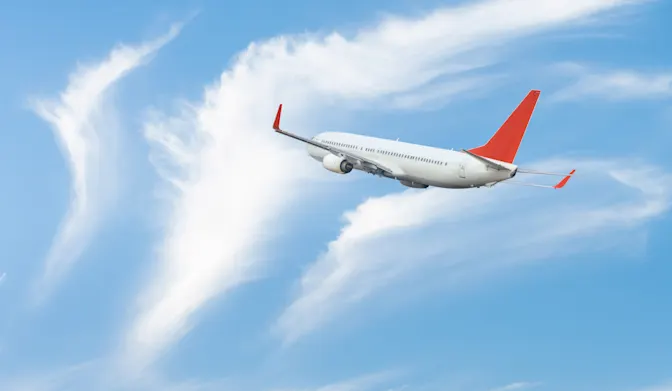
Airplane Turbulence Is Increasing
Imagine you're mid-flight, cruising smoothly at 30,000 feet when suddenly, the plane begins to jolt and shake. For many travelers, turbulence is an unsettling but familiar experience. However, recent studies suggest that turbulence might be becoming more frequent and severe. What's behind this increase in turbulence? And what does it mean for your next flight? Let's dive into the science behind turbulence and what you need to know to stay safe and comfortable in the skies.
What causes turbulence?
Turbulence occurs when there are changes in the air's movement, causing an airplane to move erratically. There are several types of turbulence, each caused by different factors:
- Mountain Wave Turbulence: This happens when wind hits mountains and is forced upward, creating bumpy conditions.
- Convective Turbulence: Associated with storms, this turbulence is caused by warm air rising, resulting in the creation of unstable air pockets.
- Clear Air Turbulence (CAT): This is the most common and unpredictable form of turbulence, often occurring without visible warning signs. CAT is influenced by changes in wind speed and direction at high altitudes.
Is turbulence getting worse?
Yes, turbulence is getting worse, and climate change is a significant factor. Research indicates that warmer atmospheric temperatures are contributing to more frequent and intense turbulence. In fact, severe turbulence incidents increased by 55% from 1979 to 2020.
Why is turbulence increasing?
The increase in turbulence is mainly due to changes in the jet stream and other atmospheric patterns caused by climate change. Jet streams, which are fast-flowing air currents high in the atmosphere, are becoming more intense and erratic, leading to more turbulence. Additionally, with climate change, thunderstorms are becoming more severe, further contributing to turbulence.
As the atmosphere warms, it can hold more water vapor, leading to even higher temperatures and more unstable air conditions. This instability increases the likelihood of clear air turbulence, which is harder to predict and avoid. Future projections suggest that turbulence strong enough to pose a risk of injury could become two or three times more likely over the North Atlantic between 2050 and 2080.
Should you be concerned about turbulence?
Despite the increase in turbulence, passengers do not need to be overly concerned. While turbulence can be uncomfortable and sometimes frightening, modern airplanes are designed to withstand even extreme turbulence. Aircraft are built with robust materials and are tested rigorously to handle such conditions. Thus, turbulence rarely poses a danger to the structural integrity of the plane.
However, turbulence can still cause injuries, particularly to passengers who are not seated with their seatbelts fastened. Most injuries during turbulence occur when passengers are thrown about the cabin or when unsecured objects become projectiles. To minimize the risk, passengers should always follow the crew's instructions and keep their seatbelts fastened when seated.
While turbulence is becoming more common and severe due to climate change, it does not significantly increase the danger to passengers. Modern aircraft are well-equipped to handle turbulent conditions, and following safety protocols can help mitigate risks. Staying informed and following in-flight instructions carefully can ensure that air travel remains safe and relatively comfortable despite these evolving challenges.
References: Climate Change Is Making Airplane Turbulence More Common and Severe, Scientists Say | Yes, turbulence is getting worse, but deaths are very rare: What to know

























